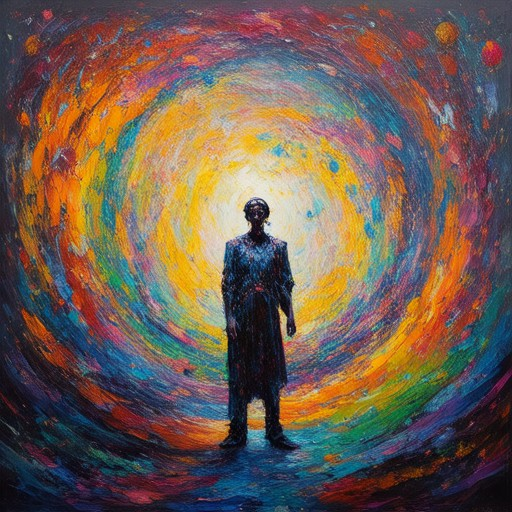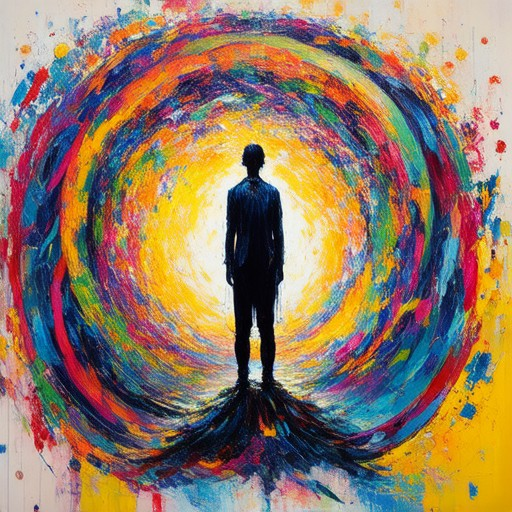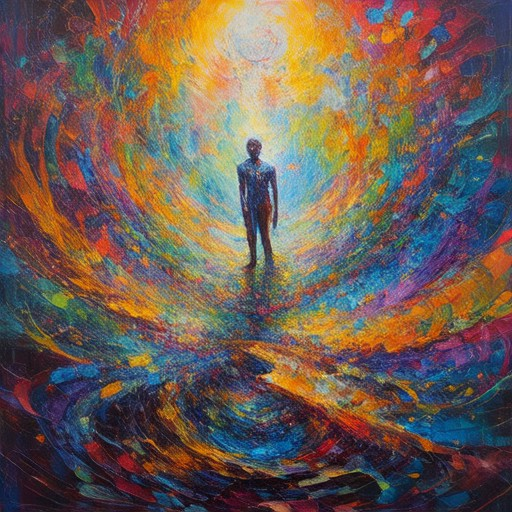Creating artwork often requires the perfect blend of creativity and the right tools, but finding the best art resources and materials can feel overwhelming. Whether you’re a seasoned artist or just starting out, knowing where to find reliable supplies and how to make the most of them is crucial. This guide dives into everything you need to know about art resources and materials, from the essentials to budget-friendly options and innovative ways to experiment with your craft. Discover how to explore different mediums, master color theory, and find local or online art supply stores that cater to your needs. With expert tips and insights, this comprehensive guide will help you unlock your creative potential and elevate your artistic projects to new heights.
Key Takeaways
– Pencils Are Your Best Starter Tool: Pencils offer precision, control, and a low learning curve, making them ideal for artists of all levels.
– Explore Multiple Ways to Source Free Art Supplies: From libraries and online platforms to community groups and local businesses, there are plenty of options to find free or affordable materials.
– Dollar General Offers Budget-Friendly Options: While not extensive, Dollar General provides essential art supplies, especially suited for kids and casual hobbyists.

What Are the 7 Essentials of Art?
Art is a fundamental aspect of human expression, and understanding its essential components can greatly enhance your creative process. Below, we explore the seven core elements of art, which serve as the foundation for any artistic creation.
1. Line
Lines are the most basic tools in art, used to define shapes, create movement, and establish boundaries. Straight or curved lines can convey emotion, direction, and structure, making them indispensable in every medium.
2. Shape
Shapes are the containers that hold form and volume. From abstract forms to recognizable objects, shapes provide the framework for visualizing ideas and telling stories through art.
3. Space
Space adds depth and dimension to artwork, allowing viewers to interact with the piece on multiple levels. Whether through negative space or defined voids, space creates a sense of balance and interest.
4. Value
Value refers to the light and dark tones in a work, often described as shadows and highlights. It gives artwork its three-dimensional quality and helps guide the viewer’s eye through the composition.
5. Form
Form is the three-dimensional aspect of art, giving objects their mass and presence. It’s what makes abstract sculptures or realistic figures come to life.
6. Texture
Texture adds surface quality to art, whether it’s smooth, rough, flat, or raised. It can simulate real-world textures like skin, fabric, or wood, or it can be completely abstract.
7. Color
Color is the most emotional and vibrant element of art. It conveys mood, evokes feelings, and harmonizes the other elements. Warm colors like reds and oranges stimulate energy, while cool blues and greens evoke calmness.
Exploring these elements can unlock new creative possibilities and help you develop your unique artistic style. To dive deeper, check out our guide to art elements and discover how they can transform your creations.
Materials Used in Art
Creating art involves a variety of materials, each serving distinct purposes depending on the medium. Here’s an overview of commonly used materials:
Painting Materials
- Paints and Pigments: Oil paints, acrylics, watercolors, and tempera are widely used. Each has unique properties like drying time and texture.
- Brushes: Brushes come in different sizes and types, like oil, watercolor, or spray brushes, catering to various surfaces and styles.
- Palettes: Artists use palettes to mix colors and store paints. They come in traditional metal palettes or portable plastic versions.
- Canvas: Canvas is the primary surface for painting. It can be stretched, primed, or prepared with gesso for texture.
- Mediums: Gesso, glue, and sandpaper are often used to prepare surfaces before painting. Varnishes and fixatives are used to protect finished works.
Drawing Materials
- Pencils: Pencils vary in hardness and graphite content. They’re ideal for sketching and detailed shading.
- Erasers: Erasers erase mistakes or create highlights. They come in gum eraser, kneadable, or putty forms.
- Sketchbooks: These books allow artists to experiment and develop ideas before working on larger pieces.
- Brightness Aids: Colored pencils, markers, and pastels help artists add color and depth to drawings.
Sculpture Materials
- Clay: Different types of clay, like ceramic or polymer clay, are used for sculpting. Some are fired in kilns, others are air-dried.
- Stone and Wood: Sculptors work with natural materials like marble, granite, or wood, often combining them with resin or epoxy for strength.
- Metal: Metals like bronze, aluminum, and stainless steel are used for both functional and decorative sculptures.
- Glass and Fiberglass: These materials are combined to create lightweight, durable sculptures, often used in public art.
Digital Art Materials
- Software: Digital artists use programs like Adobe Photoshop, Procreate, or Krita for creating and editing digital artwork.
- Tablets and Pens: Wacom tablets and stylus pens are essential tools for precise drawing and digital painting.
- Monitor and Lighting: High-quality monitors and lighting setups are crucial for accurate color representation and detail.
- Reference Material: Books, photos, and online resources inspire and guide digital artists in capturing realistic details.
Choosing the right materials depends on the artist’s style, medium, and project goals. Experimentation with different tools and materials can lead to unique artistic expressions and innovations in the art world.

The 5 Cs of Art
The 5 Cs of art are essential concepts that every artist and art enthusiast should understand. These elements work together to create balanced and visually appealing artwork.
- Color : Color plays a crucial role in art by adding life and emotion to a piece. Artists use color theory to harmonize hues and create mood. For example, warm colors like red can evoke energy, while cool colors like blue can convey calmness.
- Contrast : Contrast adds depth and interest to art. It can be achieved through bright colors against dark backgrounds or sharp lines against soft curves. High contrast draws attention, making certain elements stand out.
- Composition : Composition is the arrangement of elements within a work of art. A well-composed piece has a strong focal point, guiding the viewer’s eye and creating a sense of balance. Artists often experiment with layout and perspective to tell their story effectively.
- Creativity : Creativity is the essence of art. It involves thinking outside the box, exploring unique ideas, and experimenting with new techniques. Without creativity, art would lack originality and personal expression.
- Culture : Culture influences art by shaping its themes, styles, and purposes. Different cultures have unique artistic expressions, reflecting their history, beliefs, and values. Understanding culture helps artists connect with diverse audiences and explore universal human experiences.
By mastering these five Cs, artists can create meaningful and impactful works that resonate with viewers on multiple levels.

Where Can I Get Free Art Supplies?
There are several avenues to explore when seeking free or inexpensive art supplies:
- Libraries : Many public libraries offer free access to art supplies, including books, magazines, and sometimes even physical tools like paintbrushes or sketchbooks. Check with your local library for availability.
- Online Resources : Websites dedicated to art provide free downloadable resources, tutorials, and sometimes even digital art tools. Explore platforms like Artful Journey for inspiration and guidance.
- Social Media Groups : Join online communities on platforms like Facebook or Reddit where artists and hobbyists frequently share resources, tips, and even free art supplies. Look for groups focused on specific mediums like painting or drawing.
- Community Centers and NGOs : Local community centers or non-governmental organizations may host art workshops or have partnerships with suppliers offering free or discounted materials. Attend community events or contact local NGOs for information.
- Art Schools and Colleges : Many art schools and colleges have studio spaces and materials that they may lend to students or the public. Reach out to nearby educational institutions to inquire about opportunities.
- Facebook Marketplace and eBay : Platforms like Facebook Marketplace and eBay often have listings for free or cheap art supplies. Search locally or check auction sites for deals on unused materials.
- Charities and Donations : Some charities and donation centers specifically collect art supplies to distribute to the community. Research local organizations that align with your interests and reach out to see what they offer.
- Etsy and Independent Sellers : While primarily a marketplace for unique items, Etsy has many affordable options for art supplies. Look for sellers offering low-priced or free shipping options.
- Local Businesses and Cultural Institutions : Visit local art stores, galleries, or cultural institutions. They may have leftover materials from events or exhibitions that they are willing to donate or sell at a reduced rate.
By exploring these options, you can find a variety of free or low-cost art supplies to fuel your creativity and projects.
What is the Easiest Art Supply to Use?
Pencils are often considered the easiest art supply to use, especially for beginners. They offer versatility, control, and are readily available at most stores. Here’s why pencils make an excellent choice:
- Theaters of control: Pencils allow for precise shading, outlining, and creating various textures.
- Accessibility: They are inexpensive and widely available, making them a great starting point for any artist.
- Learning curve: Pencils are simple to use and provide a smooth drawing experience, perfect for honing basic skills.
- Refillable options: Many pencils come with erasers or can be refilled, reducing waste and environmental impact.
For those looking to experiment further, consider pairing pencils with sketchbooks or drawing paper. These tools allow for endless creativity and practice. Whether you’re a seasoned artist or just starting out, pencils remain a reliable and easy-to-use medium for anyone eager to explore their artistic side.
Want to learn more about mastering pencils or discovering other art supplies? Visit our Art Supplies Guide for tips and resources to enhance your creative process.

Does Dollar General Carry Art Supplies?
Dollar General does carry a selection of art supplies, primarily targeted toward kids and casual hobbyists. Among their offerings, you’ll find basic art kits, coloring books, and craft sets. These items are typically located in the toy or school supply sections of the store. While the collection may not be extensive, it includes essentials like crayons, coloring pencils, and small craft kits suitable for children or those looking for affordable art materials.




0 Comments